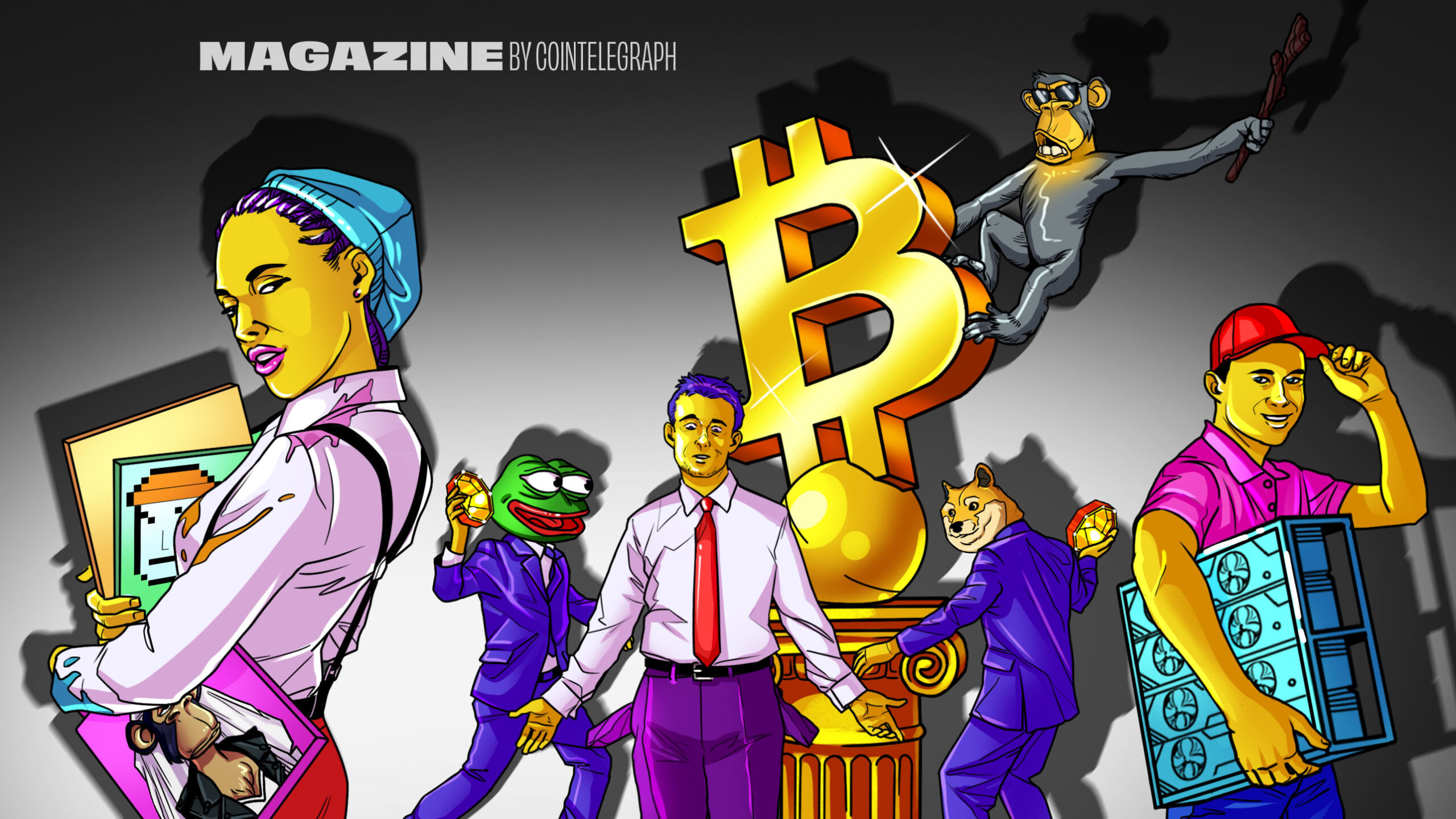The launch of BRC-20 tokens and Ordinals NFTs on Bitcoin has transformed the No. 1 blockchain overnight into a clunkier version of Ether
The launch of BRC-20 tokens and Ordinals NFTs on Bitcoin has transformed the No. 1 blockchain overnight into a clunkier version of Ethereum.
The core developers and miners who signed off on the network’s Taproot upgrade in November 2021 never envisaged this would be the result. Bitcoin now suffers from many of the same problems that have bedeviled Ethereum for years, including scammy memecoins and shitcoins, NFTs of monkey pictures hogging block space and skyrocketing transaction fees.
The network is even having to deal with incidences of miner extractable value (MEV), whereby miners profit by reordering pending transactions.

“I’m kind of upset at myself for not realizing,” says Quantum Economics founder Mati Greenspan, a Bitcoiner since 2013.
“It took these guys starting to hype up JPEGs on Bitcoin until I was like: ‘Oh shit, what did we just do?’” He laughs ruefully.
Some Bitcoiners on Bitcointalk and Twitter refer to the impact of Ordinal NFTs and BRC-20 tokens as an attack on Bitcoin, an exploit of Taproot, or simply as spam clogging up the network.
It’s sparked a fierce debate over whether unexpected outcomes are precisely the sort of outcomes you should expect from a permissionless protocol, or whether something needs to be done to get rid of them.
Why are Bitcoin fees so high?
BRC-20 tokens were only launched by anonymous developer Domo back on March 8. They use Ordinal inscriptions of JavaScript Object Notation (JSON) data to deploy token contracts, mint tokens and transfer tokens. Some argue this is horribly inefficient and costs four times as much in transaction fees as if they just used binary.
Alongside the inefficiencies, there’s also a gold rush for minting memecoins. Someone will deploy a contract with a ticker for a new token and a max supply, and then traders rush in to mint as many as possible in the series, on a “first come, first served” basis, at whatever fee rate gets them priority. These tokens have already surpassed $1 billion in market cap — even though Domo argues they will be worthless.
But they are here to stay — at least in the short term — with major wallets already adding support for BRC-20 tokens. And newer developments, such as the launch of a Uniswap fork that amassed $500,000 in trading of “smart BRC-20” tokens (SBRC-20) in just a few days, suggest that the building of a permissionless new ecosystem on Bitcoin is set to continue.
Fees too high to bank the unbanked
Greenspan points out that while the flurry of interest has seen Bitcoin transactions hit an all-time high, the number of unique addresses plummeted, meaning fewer people are accessing the network. And while transaction fee revenue has overtaken the block reward — seen by many as the only way to ensure Bitcoin’s security after another couple of halvings — it comes with a lot of issues.
“I spoke to one miner yesterday who said his revenue has doubled, which is nice, especially ahead of the halving, so it’s good for miners, but it’s terrible for the countries of Nigeria and El Salvador, for example, where, suddenly, the average cost to send a transaction is $30,” he says. “The dream of financial inclusion on Bitcoin has been temporarily postponed.”
Read also: What it’s actually like to use Bitcoin in El Salvador
Interestingly, this isn’t the first time someone has put a token or NFTs onto Bitcoin. Counterparty led the way with NFTs on Bitcoin, with Spells of Genesis and Rare Pepes in 2015 and 2016. And stablecoin Tether also launched a token on Bitcoin back in 2014 via the Mastercoin protocol (which later became Omni).

Ban the spam, say Bitcoin maxis
On Bitcointalk, there is much discussion of fighting off the “attack on Bitcoin,” with some claiming it’s the work of malicious Bitcoin SV devs. Users are talking about a soft fork to “enforce strict Taproot validation script size,” ways the protocol can filter out what they see as “spam” or even a hard fork to reverse Taproot.
Bitcoin developer Luke Dashjr stated that “action should have been taken months ago. Spam filtration has been a standard part of Bitcoin Core since Day 1. It’s a mistake that the existing filters weren’t extended to Taproot transactions […] since this is a bugfix, it doesn’t really even need to wait for a major release.”
Glassnode’s lead on-chain analyst, Checkmate, tells Magazine that he believes this sort of censorship is against the entire ethos of Bitcoin and notes there are already optional mempool rules enabling node operators to filter ordinals if…
cointelegraph.com
